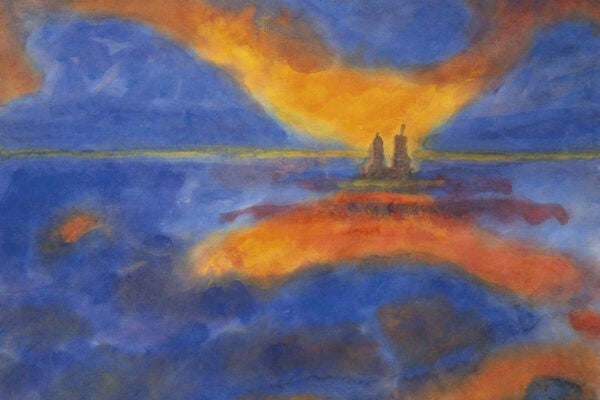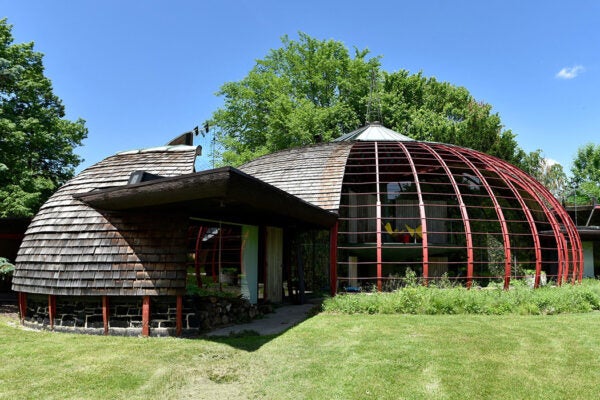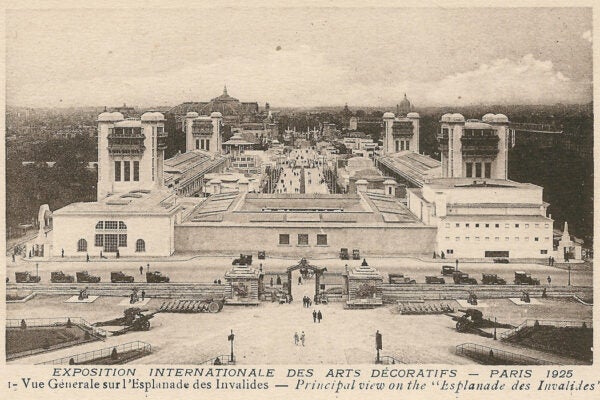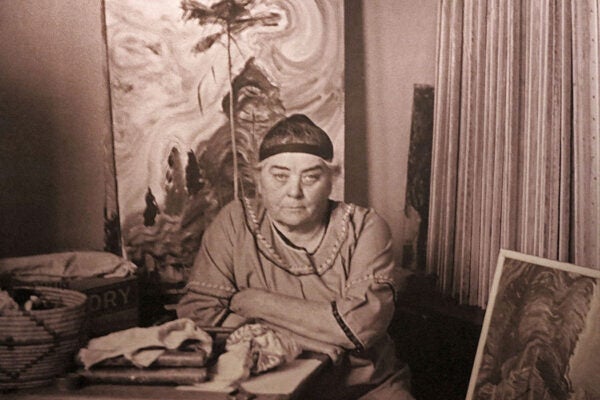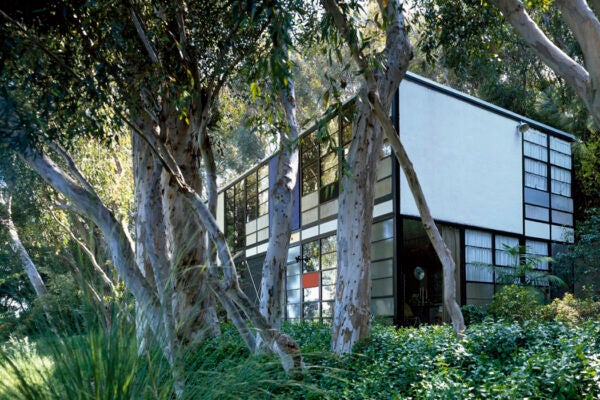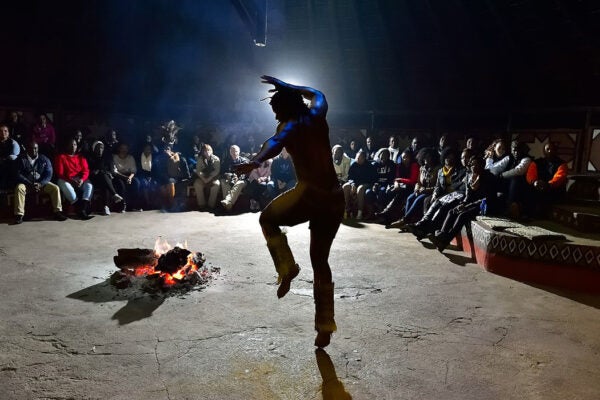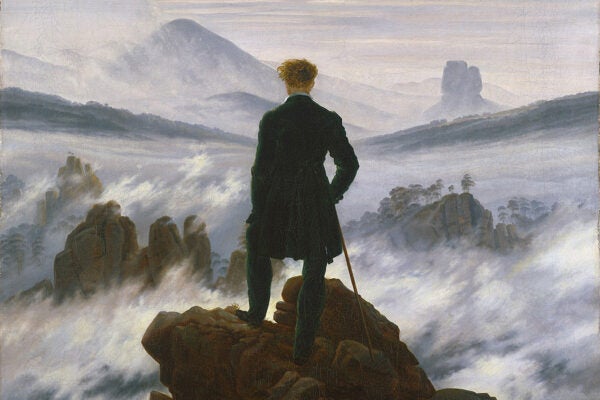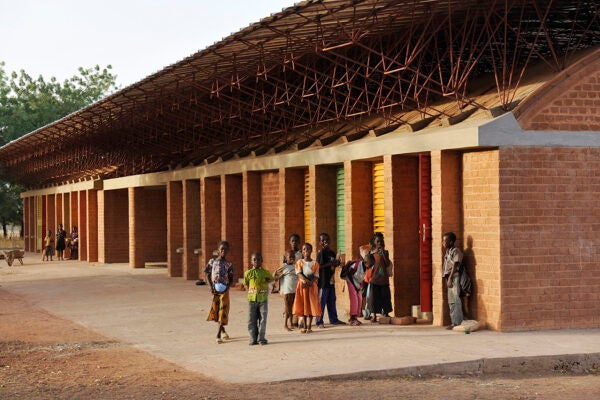Tyler S. Sprague on the Intersection of Structure and Design
An interview with Tyler S. Sprague, a historian of the built environment whose work depends on multidisciplinarity and a deep knowledge of structure and materials.
How a Postwar German Literary Classic Helped Eclipse Painter Emil Nolde’s Relationship to Nazism
While Nolde was one of the many victims of the Third Reich’s repressive responses to “degenerate art,” he was also one of Nazism’s great admirers.
Organic and Unusual: The Architecture of Bruce Goff
Both choice and circumstance forced Bruce Goff to forge his own path as an architect, freeing him to develop an individualistic yet natural approach to design.
Art Deco: 100 Years Since the Paris Exhibition That Revolutionized Modern Design
The landmark event displayed competing interpretations of “the modern” in design, art, and architecture.
Emily Carr and Canadian Identity
At times at odds with her self and her role in society, Carr sought an identity in the landscapes and Indigenous cultures of the Pacific Northwest.
A Close Partnership: Ray and Charles Eames
The Eameses worked together across many fields, but their house in the Pacific Palisades remains the most celebrated example of their collaborative designs.
Cultural Villages in South Africa
Originally viewed as a way to educate tourists on the multiple peoples and traditions of South Africa, cultural villages may soon be a thing of the past.
The Case of Caspar David Friedrich
Born 250 years ago, Friedrich reimagined landscape painting by portraying the vastness of nature as a setting for profound spiritual and emotional encounters.
An Age of Fantasy Politics
Tropes from science fiction and fantasy have become fodder for political rhetoric and action on all sides in the twenty-first century.
Pondering the Pritzker Prize
It’s the Pritzker’s ultimate challenge: highlighting the important contributions of architects working today without knowing how their legacies will play out.

